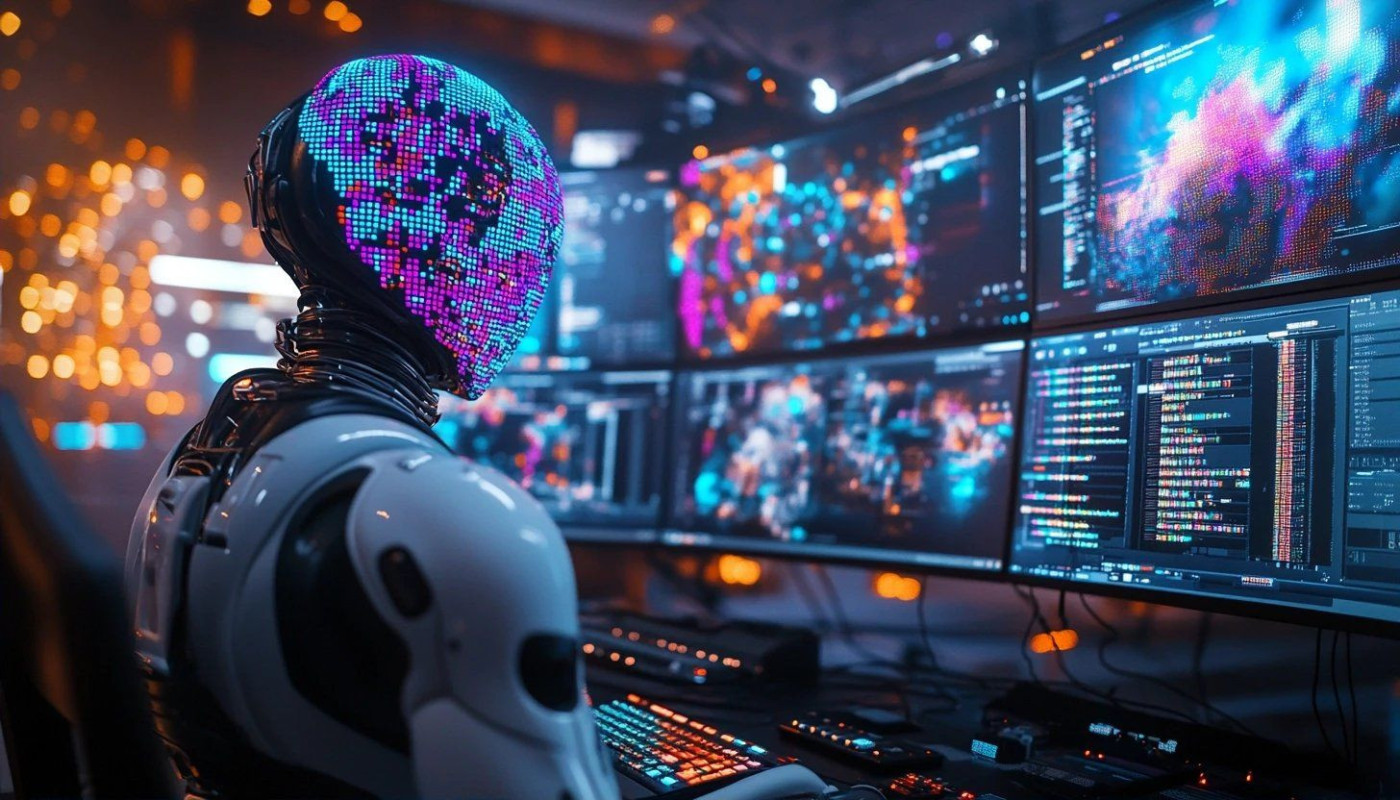Table of contents
The rapid evolution of artificial intelligence is completely transforming how custom visual content is produced across industries. Readers are invited to explore how cutting-edge algorithms and intuitive tools now empower creators and brands to generate unique visuals at unprecedented speeds. Dive into the following sections to reveal how AI-driven solutions are setting new benchmarks for personalization, scalability, and creative expression in the visual content landscape.
Unleashing creative potential
AI visual content tools powered by advanced neural networks are propelling a new era of creative automation, transforming the way designers, marketers, and artists generate tailored graphics and visuals. Through generative algorithms, these platforms utilize text-to-image synthesis, allowing users to produce unique illustrations and imagery simply by describing their vision in natural language. This method removes traditional barriers such as manual rendering or sourcing from stock libraries, making image synthesis accessible and scalable for projects of any size. The adaptability of generative models enables the creation of highly personalized assets, supporting rapid prototyping, branding, and campaign execution with unprecedented efficiency.
Creatives are leveraging AI to experiment beyond the usual constraints, reshaping workflows and introducing fresh aesthetic approaches that were previously difficult or time-consuming to achieve. Generative algorithms not only accelerate the production process but also empower users to iterate and refine tailored graphics with just a few adjustments to their input prompts. By integrating AI visual content solutions, organizations benefit from increased productivity, consistency in branding, and the ability to respond swiftly to changing market demands, driving innovation across the visual content landscape.
Personalization at unmatched scale
AI has unlocked the potential for hyper-personalization in visual content creation, making it possible to generate personalized visuals for vast and diverse audiences. By leveraging advanced user data analysis, AI systems can automatically tailor images and videos to fit individual preferences, browsing habits, or demographic profiles. Machine learning technologies enable data-driven segmentation, allowing marketers and content creators to divide their audiences into highly specific groups based on behavior, interests, and engagement patterns. This deep level of content customization ensures that each viewer receives relevant and engaging ai image creation outputs, driving higher user satisfaction and greater impact for brands. In addition, automated content pipelines powered by AI can rapidly produce, test, and refine visual assets, ensuring a consistently high level of personalization at a scale previously unattainable with traditional methods.
Boosting efficiency and speed
Rapid content creation has become a reality with the integration of AI workflow automation in digital studios. AI-driven efficiency tools enable batch image processing, reducing the manual effort required for repetitive tasks and freeing creative teams to focus on innovative projects. Workflow orchestration coordinates various processes within the visual production pipeline, removing bottlenecks and accelerating delivery timelines. These advancements mean that a single team can now produce and iterate on vast amounts of custom visual assets in a fraction of the time previously required, dramatically boosting overall productivity.
AI-powered batch image processing also ensures consistency and quality at scale, which is particularly beneficial for agencies and brands looking to maintain a cohesive visual identity across numerous platforms. By streamlining visual production, these tools transform the way organizations manage large content libraries and execute campaigns. For those interested in experiencing the power of AI-driven visual production firsthand, check it out for a practical demonstration of workflow automation tailored for rapid content creation.
Ensuring brand consistency
AI is transforming how organizations achieve brand consistency by automatically enforcing visual standards across numerous content formats. Advanced ai brand management platforms integrate style transfer techniques to replicate approved color palettes, typography, and graphic elements, streamlining the creation of assets that align with established guidelines. Through the use of dynamic templates, these systems enable rapid adaptation to various content needs while preserving the company’s unique identity. Automated compliance checks are embedded within the design workflow, instantly flagging deviations from brand protocols and reducing human error. This not only supports large-scale campaigns but also ensures that every asset—whether a social media post, presentation, or advertisement—reflects a unified brand presence, meeting the high expectations set by modern global marketing consultancies.
Expanding accessibility in design
AI-powered platforms are driving visual democratization by offering accessible design tools that break down barriers traditionally faced by non-designers and small businesses. With intuitive user interfaces and features like user interface (UI) automation, these platforms facilitate the seamless creation of custom visuals without requiring advanced technical skills. Non-designer tools leverage low-code creation and no-code options, enabling users to generate professional-quality graphics, social media assets, and marketing materials efficiently. The adoption of AI in accessible design tools means small businesses can compete visually with larger enterprises, producing high-impact content at a fraction of the previous cost or effort.
Visual democratization is further strengthened by ai-powered platforms that continually evolve to meet user needs, guided by insights from product managers specializing in design technology solutions. This shift ensures that creative processes are no longer confined to those with formal training or expensive software. Advanced machine learning models and UI automation handle repetitive or complex design tasks, allowing users to focus on creativity and strategy. As low-code creation becomes standard, organizations of all sizes gain unprecedented access to high-quality custom visual content, reshaping the design landscape and opening up new possibilities for branding and communication.





